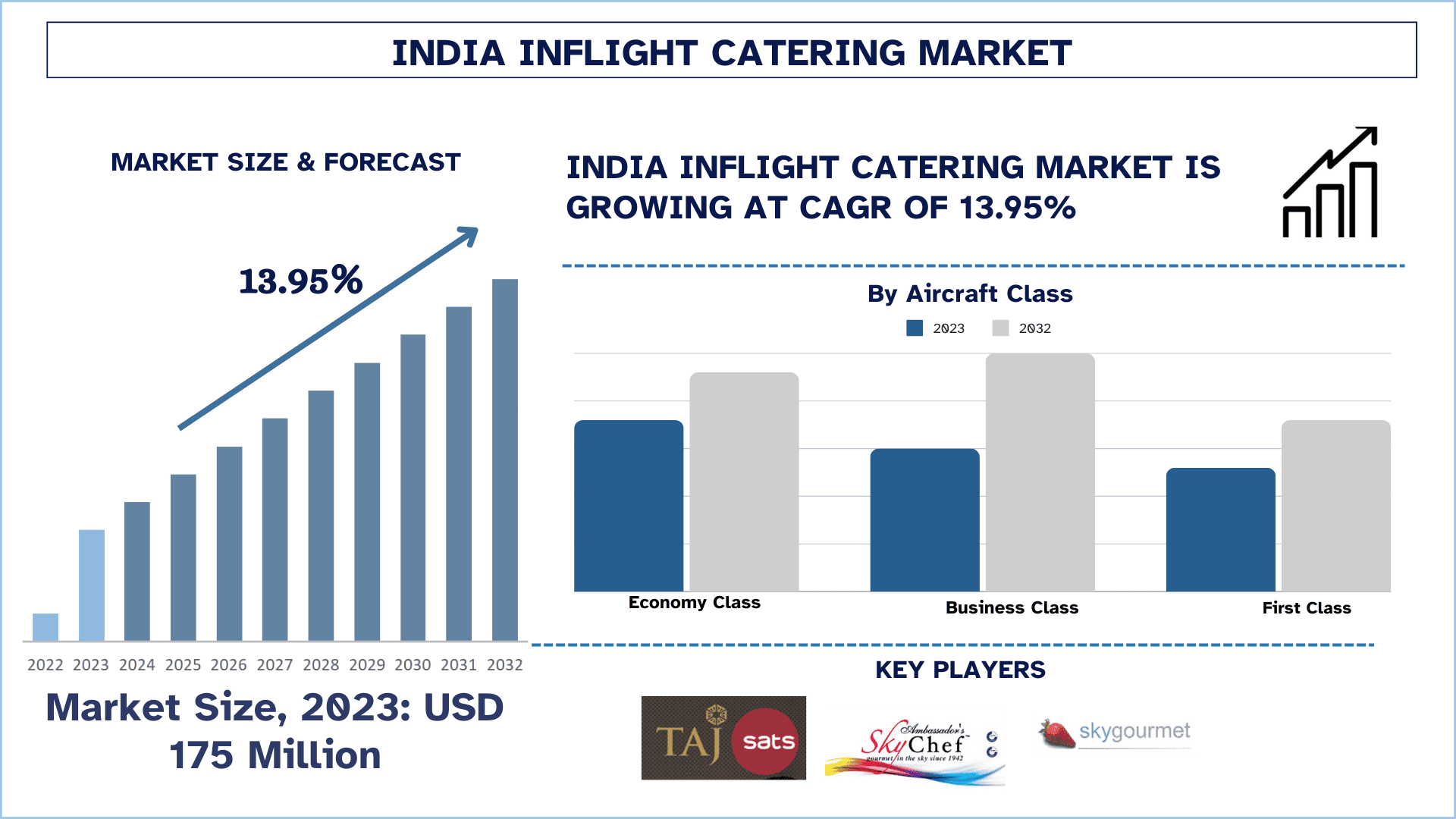The Decline of "Click Here" in Digital Marketing: Shifting Toward More Engaging CTAs
In the early days of the internet, the phrase “Click Here” became a staple of online engagement. Whether it was used to drive users to a product page, a sign-up form, or an article, the simplicity of “Click Here” made it an effective tool in guiding user behavior. However, in today’s highly interactive and fast-paced digital world, this once-powerful call to action (CTA) has begun to lose its impact.
As internet users become more savvy and marketers develop new strategies to enhance engagement, it’s becoming increasingly clear that “Click Here” is no longer sufficient to capture attention or inspire action. In this article, we will explore the limitations of “Click Here,” why it’s no longer as effective, and how modern digital marketing strategies are evolving to create more dynamic, personalized, and engaging calls-to-action (CTAs).
The Rise of "Click Here" in Early Web Design and Marketing
In the infancy of the web, digital interactions were relatively simple. Most websites were static, consisting of text and links, with little emphasis on user experience (UX). The primary mode of interaction was clicking hyperlinks that led users from one page to another.
As websites and online advertisements began to proliferate, “Click Here” became the standard CTA. It was simple and direct, making it clear to users what was expected of them. Whether in a banner ad, a pop-up, or a landing page, “Click Here” served as a universal instruction. It provided guidance to users who were still becoming accustomed to the digital world and needed explicit direction.
Over time, marketers embraced “Click Here” as the main way to drive conversions. In email campaigns, for example, marketers often used “Click Here” to encourage recipients to open a specific link, whether it led to a product page, a blog post, or an exclusive offer. The phrase helped convert passive readers into active participants, making it an essential tool in digital marketing strategies.
Why "Click Here" Is Losing Its Effectiveness
As the internet matured, so too did the expectations of its users. While “Click Here” was once a useful instruction, it has now become a generic, overused, and unspecific phrase that fails to excite or engage users. Several factors contribute to the declining effectiveness of “Click Here” in today’s digital landscape.
1. User Familiarity and Expectations
The internet is no longer a novelty for most users; it is an integrated part of daily life. Today’s internet users are far more savvy than they were in the early 2000s. They know how to navigate websites, interpret links, and interact with content without needing a basic instruction like “Click Here.”
As a result, users are less likely to respond to a simple command that doesn’t provide much context. They expect more relevant, value-driven CTAs that explain what they will gain from taking action. Rather than relying on generic instructions like “Click Here”, users now seek more compelling and descriptive CTAs that promise specific benefits.
For example, instead of just saying “Click Here for More Details,” users might be more inclined to click on a CTA like “Learn How You Can Save 20% Today” or “Discover How Our Tool Can Streamline Your Workflow.” These more targeted CTAs cater to a user’s need for clarity and value.
2. The Rise of Personalized Experiences
As data-driven marketing has become more advanced, personalization has become a critical element of digital strategies. Marketers can now leverage user data to create highly personalized experiences for individual visitors, which is far more engaging than a one-size-fits-all approach.
The “Click Here” CTA doesn’t take into account the user’s previous interactions with the brand or their preferences. By contrast, a personalized CTA addresses a user directly, tailoring the message to their specific needs and actions. For instance, instead of a generic “Click Here”, a personalized CTA might say, “Hi John, Start Your Free Trial Now” or “Jane, Get Your Customized Plan Today.”
Personalized CTAs feel more relevant and targeted, which increases the likelihood that users will take action. In fact, personalization has been shown to improve conversion rates significantly.
3. Mobile-First Web Design
As mobile internet usage continues to outpace desktop usage, web design and digital marketing strategies are increasingly focused on providing mobile-friendly experiences. On mobile devices, users are less likely to click on small, text-heavy links or ambiguous buttons that say “Click Here.” Instead, they need large, touch-friendly, and actionable CTAs that are easy to tap.
The phrase “Click Here” isn’t particularly effective for mobile users because it doesn’t align with the touch-based interface of smartphones and tablets. Instead, action-driven CTAs like “Shop Now”, “Start Your Free Trial”, or “Get Your Discount” work better because they are more direct and easier to interact with on a smaller screen.
Moreover, mobile-first design emphasizes clarity and simplicity, ensuring that CTAs are visible and easy to use. Marketers must account for the tactile nature of mobile engagement and design CTAs that are optimized for touch interfaces rather than mouse clicks.
4. Search Engine Optimization (SEO)
SEO is critical for increasing website visibility and attracting organic traffic. The text surrounding a hyperlink is essential for search engines to understand the link’s context and relevance. When marketers use “Click Here” as anchor text, it doesn’t provide meaningful context or help with SEO.
Instead, modern digital marketing emphasizes the use of descriptive, keyword-rich anchor text that tells both users and search engines what the linked content is about. For example, instead of “Click Here for More Information”, a better choice might be “Learn More About Our SEO Strategies” or “Discover Effective Marketing Tips”.
This shift toward more descriptive anchor text not only helps SEO rankings but also provides clearer guidance for users, leading to improved engagement.
5. The Importance of Accessibility
Web accessibility is an important consideration for making sure that all users, including those with disabilities, can access and navigate websites easily. Unfortunately, “Click Here” is not an accessible option for users who rely on screen readers or other assistive technologies.
For users with visual impairments, screen readers will simply announce “Click Here” without providing any context about what will happen when they click the link. This can be frustrating and confusing, as users cannot easily determine the link’s purpose or relevance.
To create a more accessible experience, web designers are encouraged to use descriptive and meaningful text for links, such as “Download Our Free Accessibility Guide” or “Explore Our New Accessibility Features”. This not only helps users with disabilities but also improves the overall user experience for all visitors.
How Marketers Are Evolving Their Approach
To replace the dated “Click Here”, marketers are adopting more innovative strategies to engage users with actionable, relevant, and value-driven CTAs. Here are some key trends in modern CTA design:
1. Action-Oriented CTAs
Rather than simply telling users to “Click Here”, marketers are using action-oriented language that encourages users to take the next step. Examples include:
-
“Start Your Free Trial”
-
“Get Your Exclusive Discount”
-
“Sign Up for Early Access”
These types of CTAs are more effective because they give users a clear idea of what they will gain by taking action, increasing the likelihood of conversion.
2. Personalization and Dynamic CTAs
As mentioned earlier, personalized CTAs are becoming a key part of modern digital marketing strategies. By analyzing user behavior, marketers can display dynamic CTAs that change based on a user’s past actions. For example, after a user abandons a shopping cart, a dynamic CTA might read “Come Back and Complete Your Purchase”, offering a discount to encourage conversion.
3. Interactive CTAs
Interactive CTAs are gaining popularity as they engage users more deeply. Rather than just clicking a button, users may be asked to take a quiz, choose a product option, or participate in a survey. Examples include:
-
“Take Our Quiz to Find Your Perfect Product”
-
“Select Your Plan”
-
“Answer 3 Quick Questions for Custom Recommendations”
These types of CTAs foster interaction and engagement, creating a more immersive experience that encourages users to take action.
Conclusion: Moving Beyond "Click Here"
While “Click Here” was once a simple and effective tool in digital marketing, it has become outdated in the modern digital landscape. Users are now seeking clearer, more engaging, and value-driven CTAs that speak to their specific needs and desires.
By focusing on personalization, actionable language, and interactive experiences, marketers can create CTAs that drive higher engagement and improve conversion rates. The future of CTAs lies in creating experiences that are relevant, actionable, and meaningful to the user.



